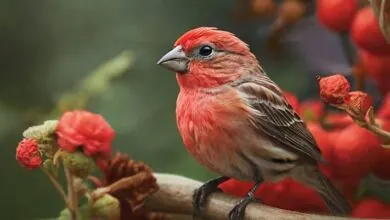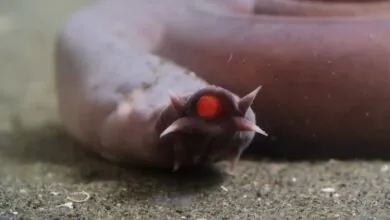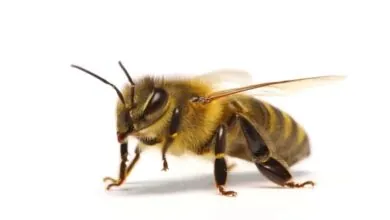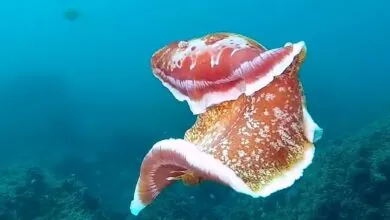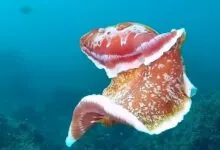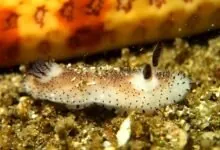Axolotl Mystery Unveiled: Why They Never Grow Up?
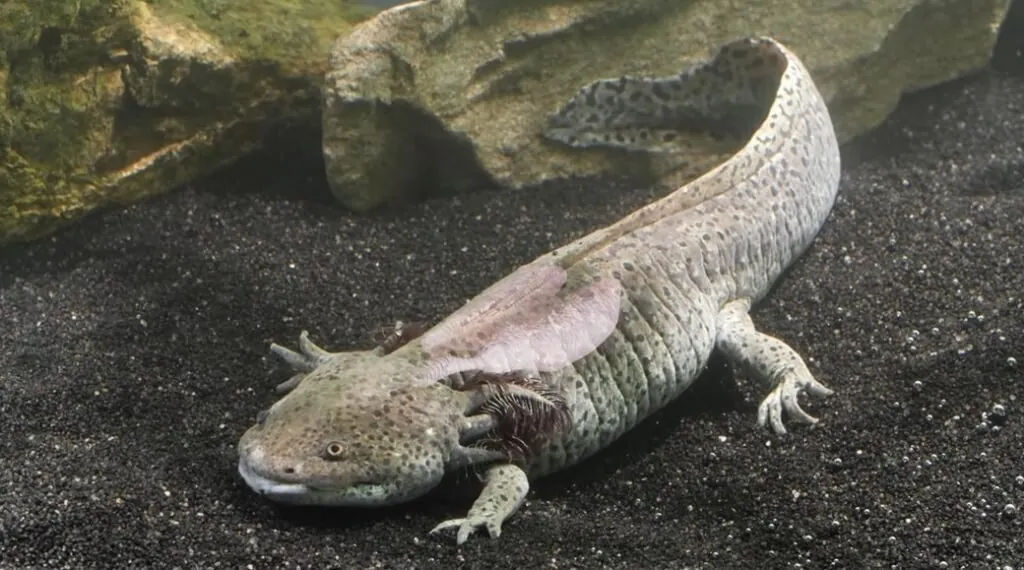
In the mystical waters of Xochimilco, Mexico, there resides a creature suspended in perpetual youth – axolotl. Frequently regarded as “Mexican walking fish” – albeit mind you, it is not a fish, but and amphibian, that is, it boasts an eternal youth, remaining in its aquatic larval shape its whole life.
Axolotls are the marvels of biology, having a knack for regeneration that rivals comic book superheroes and the fringed gills framing its head like a headdress. Let’s embark on a journey unfolding the striking life, challenges and wonders of this creature.
| Kingdom | Phylum | Class | Order | Family | Genus | Scientific Name |
| Animalia | Chordata | Amphibia | Caudata | Ambystomatidae | Ambystoma | Ambystoma mexicanum |
Origin and Evolution
Fossil Records
When it comes to tracing the lineage of Ambystomatidae, it takes us on a journey to the ancient epochs of the Cretaceous period; however, direct axolotl’s fossils remain elusive – a paleontological enigma.
Evolutionary Adaptations
In an evolutionary masterstroke, axolotls defy the usual amphibian metamorphosis. They reach reproductive maturity, maintaining a Peter Pan-like larval appearance. This marvel shares a common class, Amphibia, with the Chinese giant salamander.
Distribution and Population
Geographic Range
In conjunction with the distribution and population of axolotls, it’s worth noting that these creatures, solely limited to the mystical waters of Xochimilco, a world Heritage site near Mexico City, are a living relic of the rich ecological tapestry of Mexico.
Population Trends
With respect to the population of axolotl, in the wild, its population numbers have plummeted to an alarming level, with fewer than 1,200 recorded in a study conducted in 2013. These aquatic marvels are still under the shadow of extinction looms.
Regrettably, a survey conducted in 2013 found fewer than 35 axolotls per square km in its natural habitat, in comparison with 6,000 in a 1998 study.
Geography
| Continents | North America, Central America |
| Subcontinents | Mesoamerica |
| Countries | Mexico |
| Bio-geographical Realms | Nearctic |
| Biome | Freshwater aquatic |
| Climate Zones | Subtropical highland |
Habitat
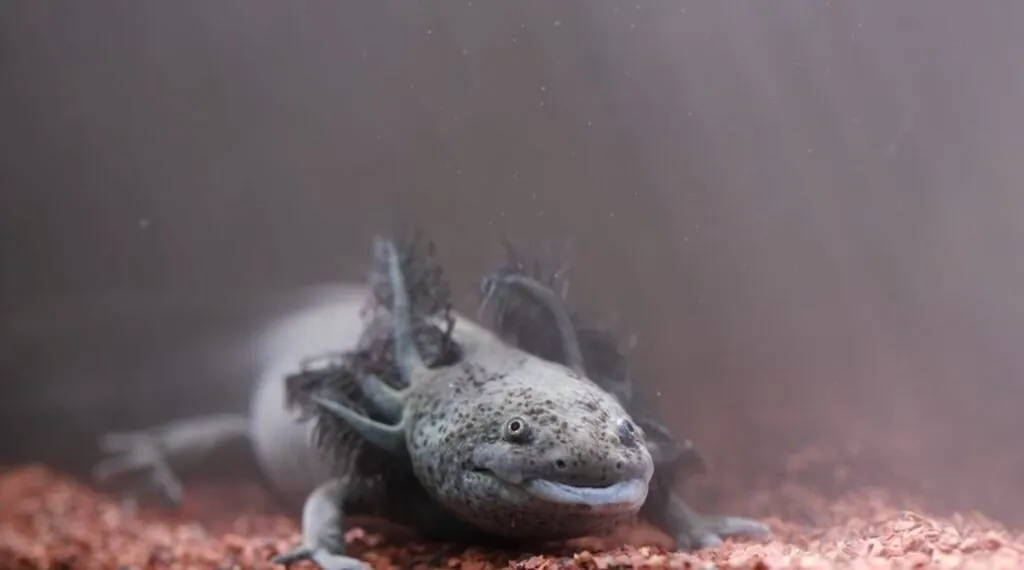
Preferred Ecosystems
When it comes to the habitat of axolotl, the serene, ancient waters of Xochimilco and Chalco’s freshwater channels and “chinampas” offer a refuge, holding centuries of cultural and ecological narratives.
Water Conditions
Freshwater environments that’re slow-moving or even still is where axolotls thrive in. These waters, with the Xochimilco system resting around 2,300 meters (7,500 feet) above sea level, are comparatively high-altitude. These creatures prefer this altitude that contribute to the cool water temperatures typically ranging between 14-20°C (57-68°F).
Substrates and Vegetation
Axolotls reside in lakebeds and canals where they get muddy surroundings, offering a suitable substrate for the creatures to camouflage against predators. A canopy of water plants, such as water lilies and reeds create shaded regions, providing them protection.
Human-made Alterations
Historically, the Aztecs created “chinampas” or floating gardens for agriculture; these have now become a part of the axolotl’s habitat. These man-made islands, built with layers of reed mats and mud, provide shelter and breeding grounds for axolotls amid the maze of canals.
Appearance
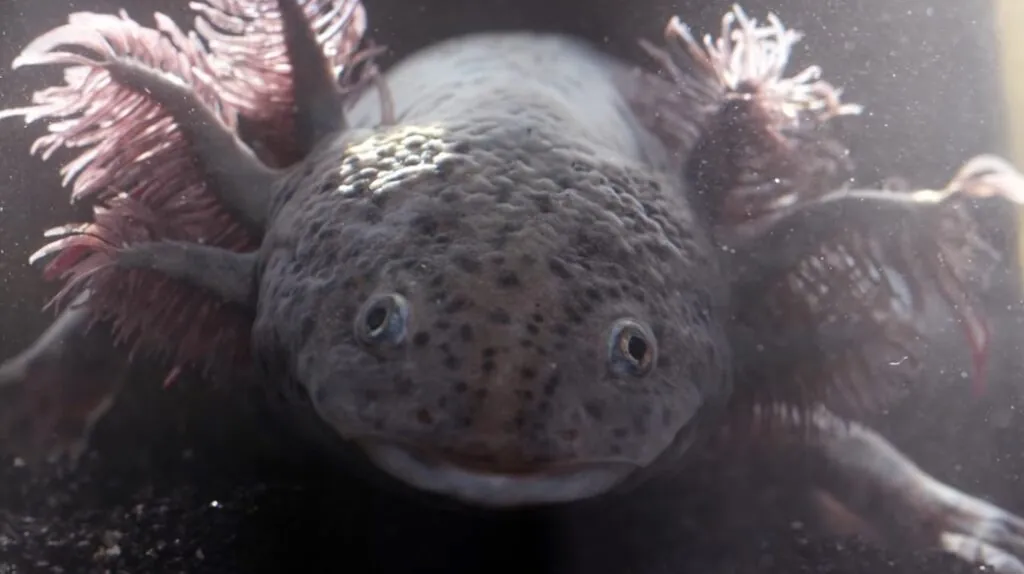
Body Form
In conjunction with the appearance of axolotl, a stout and elongated body strengthened by a robust skeletal configuration it possesses. Typically, its dorsal side is spotted or mottled, adding to its characteristic appearance.
Skin Texture and Color
Axolotl’s skin, characterized as permeable, smooth and slimy, facilitates respiratory exchange. The prevelant is the wild-type, featuring a black or dark brown hue with gold speckling. Nonetheless, albino (golden with gold eyes), leucistic (pink with red gills and black eyes) and melanoid (all black, devoid of shiny pigments) are other renowned morphs.
Limb Structure
These creatures have four feathery limbs; each front limb possesses four fingers, while each hind limb sports five toes, all assisting their majestic aquatic movements.
Head and Face
Their stretched heads showcase a pair of lidless, bulbous eyes, giving them an eternally curious look. On either side of the head, just below the eyes, are their trademark fringed gills. These external gills branch outward and feathery, aiding them in oxygen absorption from the water.
Size
With respect to the size of axolotl, it ranges between 6 to 18 inches (15 to 45 cm) in length. Nevertheless, most average approximately 9 inches (23 cm).
Anatomy
| Mouth | Wide and downturned |
| Jaw | Strong and adapted for gripping prey |
| Teeth | Specialized teeth, called “pedicellate teeth” |
| Nose | Two external nostrils (nares) |
| Feet | Four limbs with fingers; three fingers on the forelimbs and four on the hind limbs |
| Skeleton | Cartilaginous; it retains juvenile characteristics due to their neotenic nature |
| Color(s) | Brown, grey, black, white, pink |
Reproduction and Life Cycles
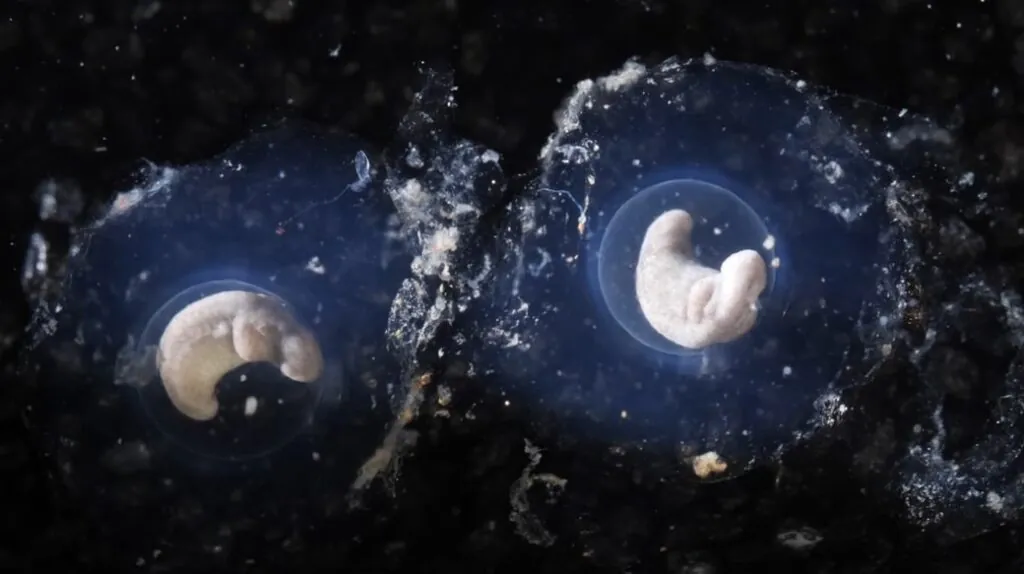
Sexual Maturity
In relation to reproduction of axolotl, sexual maturity is among the vital aspects to be pondered over. Normally, these creatures reach sexual maturity between 6 months to a year. The very maturity is of unique nature as they retain their larval characteristics thanks to a condition called neoteny.
Mating Behavior
Initiating a courtship dance, nudging the female, is how male axolotl’s mating begins with. He deposits spermatophores on the lakebed, which eventually the female picks up with her cloaca, resulting in internal fertilization.
Egg Laying and Development
A female, once fertilized, lays between 100 to 1,000 eggs, beckoning each to substrates like underwater vegetation and rocks. In the ballpark of 14 days, these eggs hatch. Axolotls, contrary to many amphibians, skip the tadpole phase and the hatchlings already resemble miniature versions of the adults with peripheral gills for breathing.
Growth
Juvenile axolotls, as they grow, transit from feeding on microorganisms to a more diverse diet – warms, insects and small crustaceans.
Lifespan
With respect to the lifespan of axolotl, it can span up to 10 to 15 years in its natural habitat. In captivity, however, its lifespan can stretch beyond 15 years.
Mating Habits
| Mating Behavior | Males deposit a spermatophore for the female to pick up with her cloaca. |
| Reproduction Season | Normally in spring |
| Independent Age | Larvae are independent from hatching; reach maturity at 6-12 months. |
| Baby Name | Larva or juvenile |
Diet and Lifestyle
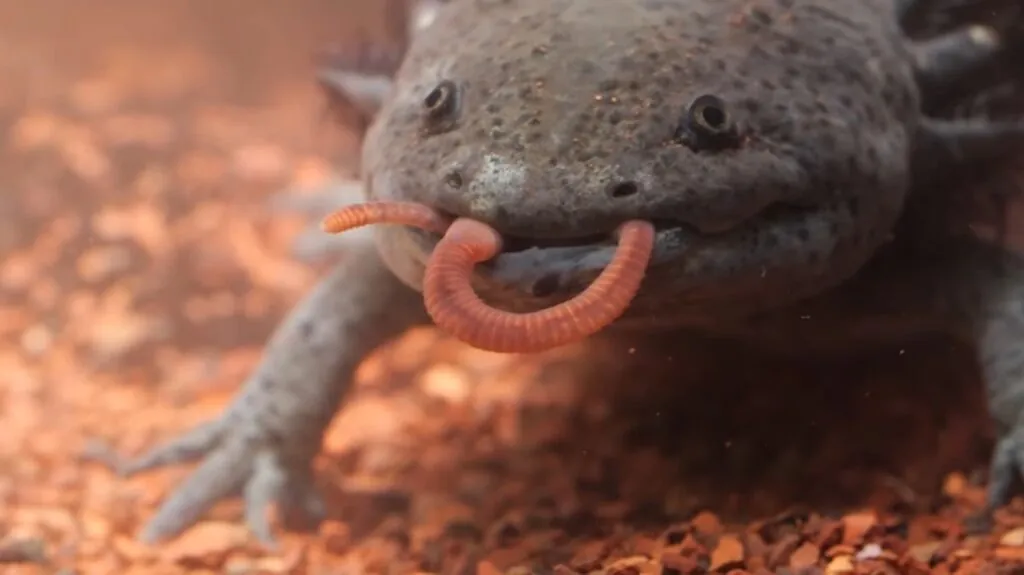
Dietary Habits
With reference to juveniles, axolotl larvae, in their early stages, predominantly consume microorganisms available in the water, such as Daphnia (water fleas).
In term of adults, their diet expands. Adult axolotls, being carnivorous feed on a plethora of prey, encompassing worms, (like earthworms and bloodworms), crustaceans, small fish and aquatic insects.
Foraging Behavior
Axolotls, being opportunistic feeders, rely on a “sit-and-wait” approach, staying motionless and ambushing prey when it comes within range.
Lifestyle
Owing to their neotenic nature, axolotls spend their entire lives underwater, unlike other amphibians that might transition to a terrestrial stage.
Activity Patterns
Axolotls, being most active during dawn and dusk, are typically crepuscular. This particular behavior assist them to avoid daytime predators and boost up their feasibility of encountering prey.
Social Interaction
Except in the course of mating seasons, axolotls are largely solitary creatures. They can portray territorial behaviors, particularly in limited spaces.
Threats
Habitat Loss
Habitat loss is among the most conspicuous perspectives of the threats of axolotls. Around Mexico City, rapid urbanization has shrunk their native habitat. The canal system of Xochimilco which spanned over 112 miles once, has now been declined by approximately 90% chiefly thanks to urban encroachments.
Invasive Species
Non-native species, such as crap and tilapia, brought in for fish farming in 1970s and 1980s, are noteworthy threats since they consume axolotl’s eggs and larvae.
Over-harvesting
Owing to its demand in traditional medicine and local cuisines, the axolotl’s population encountered a decline in the 20th century.
Disease
The dispersion of deadly chytrid fungus, Batrachochytrium dendrobatidis, impacts amphibians worldwide, including axolotls.
Conservation Status
Captive Breeding
As per IUCN, the axolotl is regarded as Critically Endangered. Institutions, such as the University of Mexico and Durrell Wildlife Conservation Trust have organized captive breeding programs. Their success, with thousands being bred in captivity, is apparent.
Restoration Projects
The Mexican government and local NGOs are immersed in restoring the Xochimilco canals, taking initiatives, such as water treatment systems and reforestation.
Research
The Axolotl Genome Project, culminated in 2018, sequenced the whole genome of this creature, offering invaluable data for conservation.
Local Community Engagement
In addition to other initiatives, organizations like Grupo de los Cien have been crucial in involving local communities in conservations efforts.
Relationship with Humans
Cultural Significance
Axolotls hold a conspicuous spot in ancient Aztec mythology. Axolotl, named after the god “Xolotl,” it was thought to be an expression of this deity, interlinked with death and rebirth.
Historically, in the local Xochimilco, axolotls were a sought-after delicacy. They were harvested on regular basis form their natural habitat for consumption.
Scientific and Medical Interest
Possessing regenerative capabilities – they can regrow spinal cord, limbs, heart and other organs – axolotls are renowned model organisms in scientific research, offering invaluable underpinnings into human medicine and regeneration.
The sweeping axolotl’s genome, which is 10 times larger than the human genome, was mapped, equipping the researchers with an inclusive resource to comprehend its unparalleled biological attributes.
Axolotl Fun Facts
It would, undoubtedly, a great notion to shed some light on the rundown and fun facts of axolotls – the animals that start with A.
| Common Name | Axolotl |
| Other Name(s) | Mexican walking fish (although it’s not a fish but an amphibian) |
| Number of Species | 1 |
| Population Size | Around 50 to 1,000 adult individuals |
| Lifespan | 10 to 15 years in captivity, can vary in the wild. |
| Weight | Between 60-200 grams depending on age and size. |
| Length | Typically 6-12 inches (15-30 cm), but some can grow up to 18 inches (45 cm). |
| Predators | Birds, Fish |
| Prey | Worms, Molluscs, Insects |
| Most Distinctive Feature | Feathery gills and flattened-shaped head |
